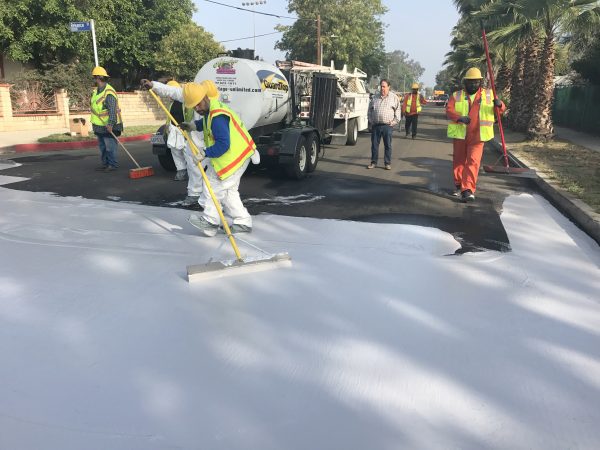
Due to the Urban Heat Island (UHI) effect, Los Angeles air temperatures can be up to 19°F hotter in urban areas compared to surrounding communities. This is because urban areas typically have more roofs and paved surfaces that absorb and radiate solar energy as heat instead of reflect light, coupled with a lack of trees and green spaces to cool the city down. Los Angeles currently experiences the highest UHI effect in California, which can be linked to the urban composition of the city.
To make our urban environment more inviting and healthy for people to walk, bike, and use public transit, we should be combating this UHI and cooling down our city. We have created an infographic on the UHI effect, breaking down the concept and highlighting ways transportation investments can work to help keep LA cool. Check it out here, and feel free to share it as you try to help people traverse the learning curve.
The infographic explains that not only does the UHI effect contribute to extreme heat, but also climate change is expected to increase LA temperatures by 3.5-5.0 °F over the next couple of decades. Increased surface level temperatures from both the UHI effect and climate change will exacerbate extreme heat-related health issues in Los Angeles, such as respiratory and heart-related illnesses. Additionally, higher temperatures will produce more city smog, worsening air quality and decreasing quality of life for Angelenos.
Fortunately, there are steps we can take to reduce the UHI effect in cities. This includes applying cool pavement coatings to streets and cool roofing materials to buildings that reflect more sunlight than traditional street pavements and roof shingles. By effect, these materials radiate less heat into the air and can lower surface air temperatures by 10.0- 20.0 °F.

View the Urban Heat Island Effect Infographic to learn more about extreme heat in Los Angeles and other opportunities to cool down our city.